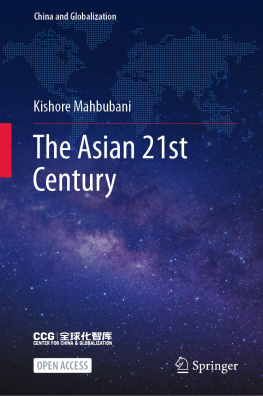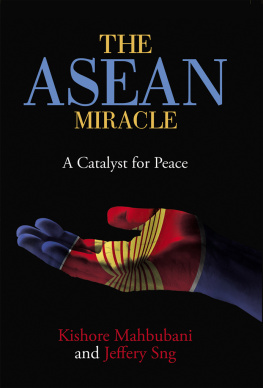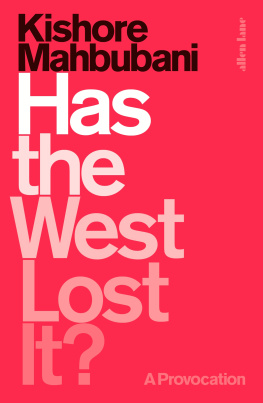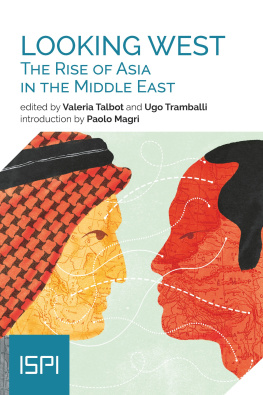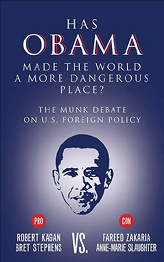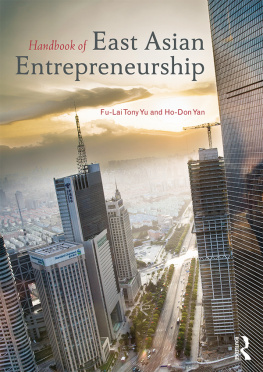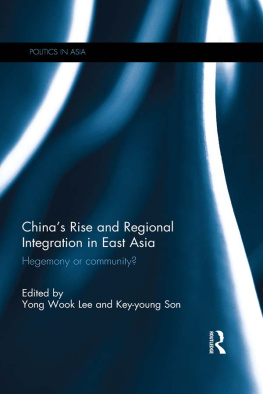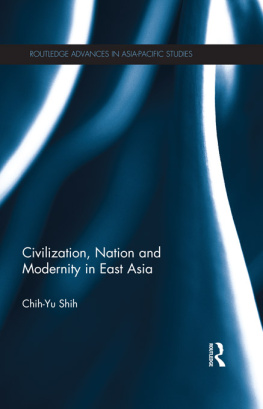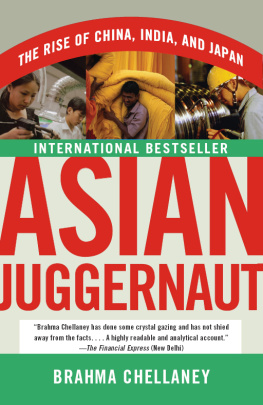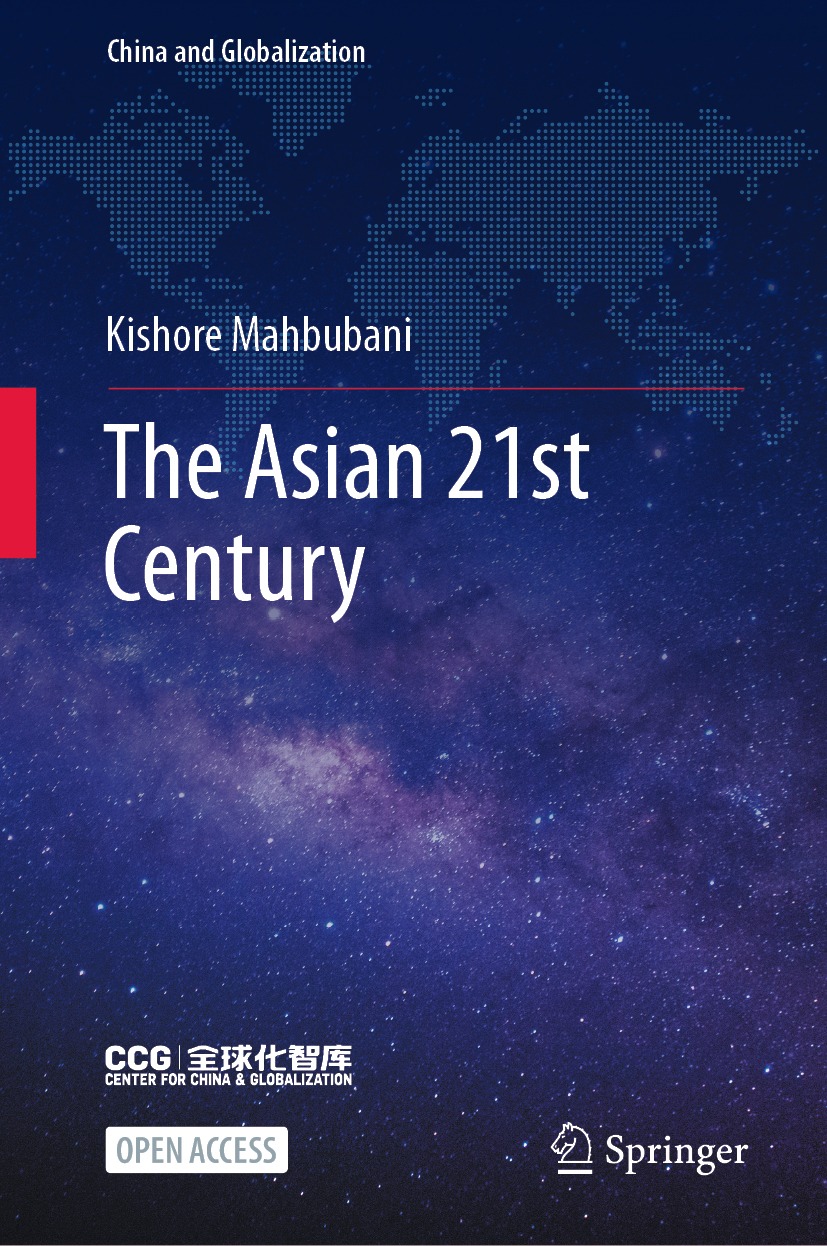Kishore Mahbubani - The Asian 21st Century
Here you can read online Kishore Mahbubani - The Asian 21st Century full text of the book (entire story) in english for free. Download pdf and epub, get meaning, cover and reviews about this ebook. year: 2021, publisher: Springer Singapore, genre: Politics. Description of the work, (preface) as well as reviews are available. Best literature library LitArk.com created for fans of good reading and offers a wide selection of genres:
Romance novel
Science fiction
Adventure
Detective
Science
History
Home and family
Prose
Art
Politics
Computer
Non-fiction
Religion
Business
Children
Humor
Choose a favorite category and find really read worthwhile books. Enjoy immersion in the world of imagination, feel the emotions of the characters or learn something new for yourself, make an fascinating discovery.
- Book:The Asian 21st Century
- Author:
- Publisher:Springer Singapore
- Genre:
- Year:2021
- Rating:3 / 5
- Favourites:Add to favourites
- Your mark:
The Asian 21st Century: summary, description and annotation
We offer to read an annotation, description, summary or preface (depends on what the author of the book "The Asian 21st Century" wrote himself). If you haven't found the necessary information about the book — write in the comments, we will try to find it.
This open access book consists of essays written by Kishore Mahbubani to explore the challenges and dilemmas faced by the West and Asia in an increasingly interdependent world village and intensifying geopolitical competition.
The contents cover four parts: Part One The End of the Era of Western Domination. The major strategic error that the West is now making is to refuse to accept this reality. The West needs to learn how to act strategically in a world where they are no longer the number 1. Part Two The Return of Asia. From the years 1 to 1820, the largest economies in the world were Asian. After 1820 and the rise of the West, however, great Asian civilizations like China and India were dominated and humiliated. The twenty-first century will see the return of Asia to the center of the world stage. Part Three The Peaceful Rise of China. The shift in the balance of power to the East has been most pronounced in the rise of China. While this rise has been peaceful, many in the West have responded with considerable concern over the influence China will have on the world order. Part Four Globalization, Multilateralism and Cooperation. Many of the worlds pressing issues, such as COVID-19 and climate change, are global issues and will require global cooperation to deal with. In short, human beings now live in a global village. States must work with each other, and we need a world order that enables and facilitates cooperation in our global village.
Kishore Mahbubani: author's other books
Who wrote The Asian 21st Century? Find out the surname, the name of the author of the book and a list of all author's works by series.

